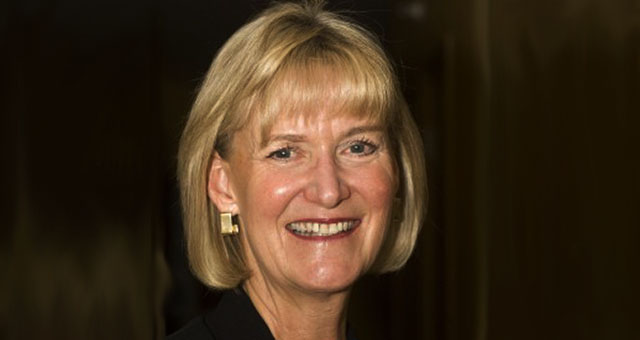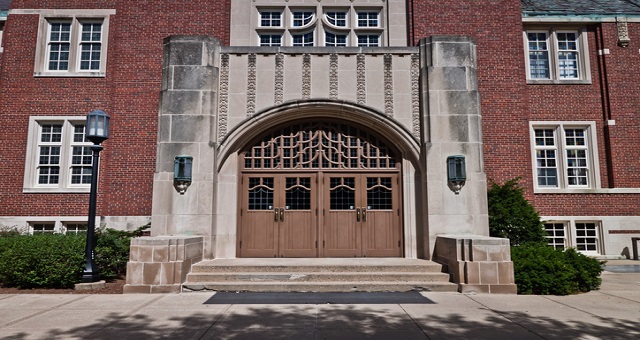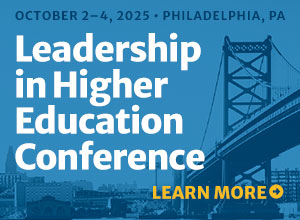Red America, Blue America: A Country (Campus) Very Much Divided
Disclosing that I am a college professor conjures up its own set of stereotypes. While it is true that there has been an upward trend of liberal college professors on our nation’s campuses, especially in the social sciences, it is important not to paint all with the same brush. Just...
Highlights from the Magna Leadership in Higher Education Conference
More than 200 academic leaders attended Magna’s Leadership in Higher Education Conference in Baltimore, Md., for a two-and-half-day exploration of and best practices that define effective leadership in higher education. Here is a recap of the presentations given by the event’s three distinguished plenary speakers.
A Conversation with Barbara Lawton, Continued
Lawton recently sat down with Academic Leader Editor Jennifer Patterson Lorenzetti to discuss the increasing influence of fundraising in higher education. Read the first part of this interview in the October issue of the newsletter.
Getting Organized: Tips for Academic Leaders
Many people want to get organized but don’t know where to begin. Or, they make a major effort to reduce the clutter in their offices but can’t stay organized, and their desks soon become as messy as they were before their last attempt to purge the papers from their offices. So, how...
Can Technology Improve Student Safety?
The Companion app, explain the University of Michigan students, provides more immediate safety. “If the user strays off their path, falls, is pushed, starts running, or has their headphones yanked out of their phone, the app detects these changes in movement and asks the user if they're OK. If the...
Anatomy of a Budget Crisis: Wright State University Makes Nearly $31M in Cuts
In spring of 2017, Wright State University implemented nearly $31 million in budget cuts to make up for five years of overspending. Part of these cuts include elimination of 189 positions and the possibility of discontinuing the school’s swimming and diving teams.
Higher Education as a Public Good: A Perspective from Iceland
In Iceland, public universities are supported by the state while private universities are supported by a combination of state funds and partnership support from industry. Iceland is trying to figure out how to straddle two concepts of higher education: the “public good” model of most Nordic countries and the “private...
Purdue and Kaplan: A Good Business Deal That May Hurt Students
In late April, Purdue University, a selective-admission public university, shocked the higher education community (including its own faculty) by announcing that it had purchased a large chunk of for-profit Kaplan University. The purchase would give Purdue an immediate, mostly-online operation consisting of 32,000 students, 15 physical locations, and 3,000 employees....










